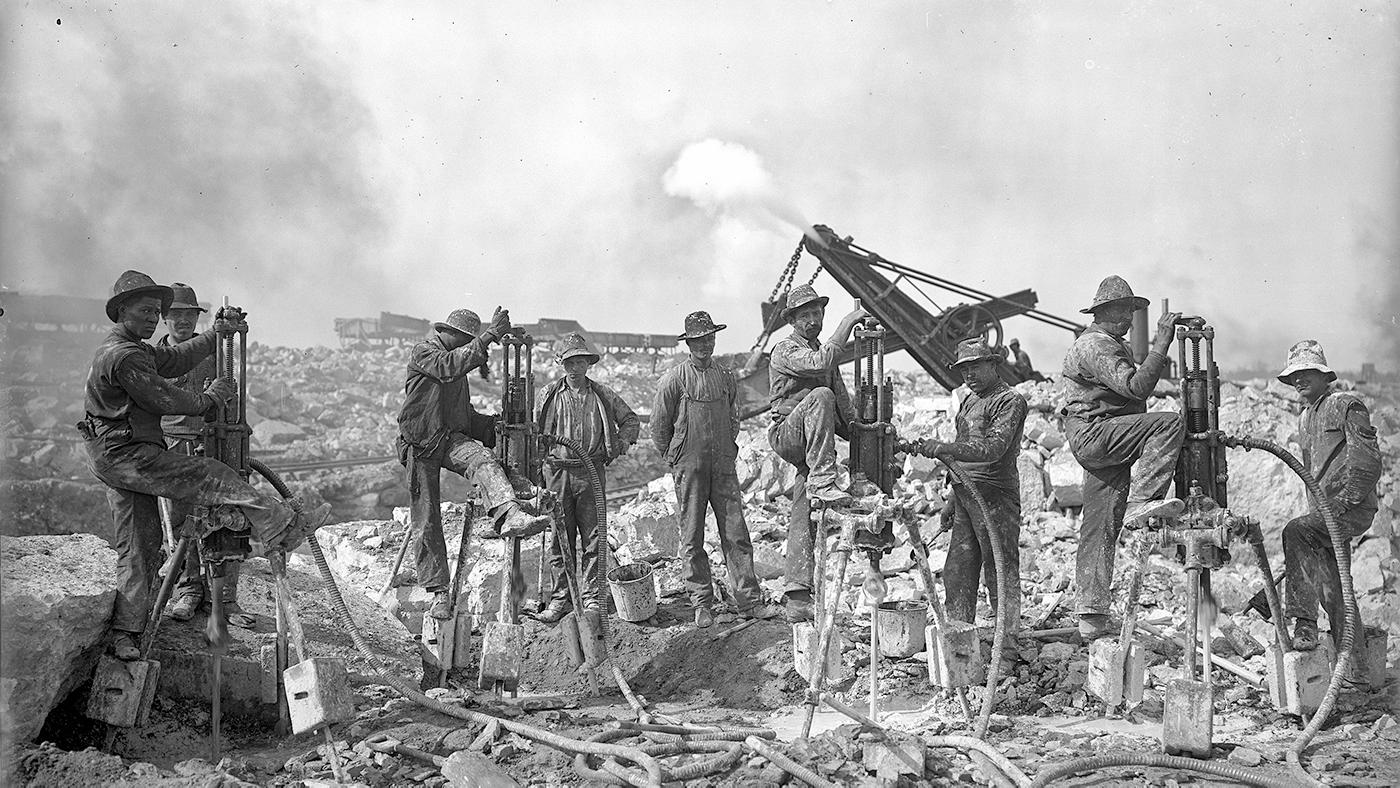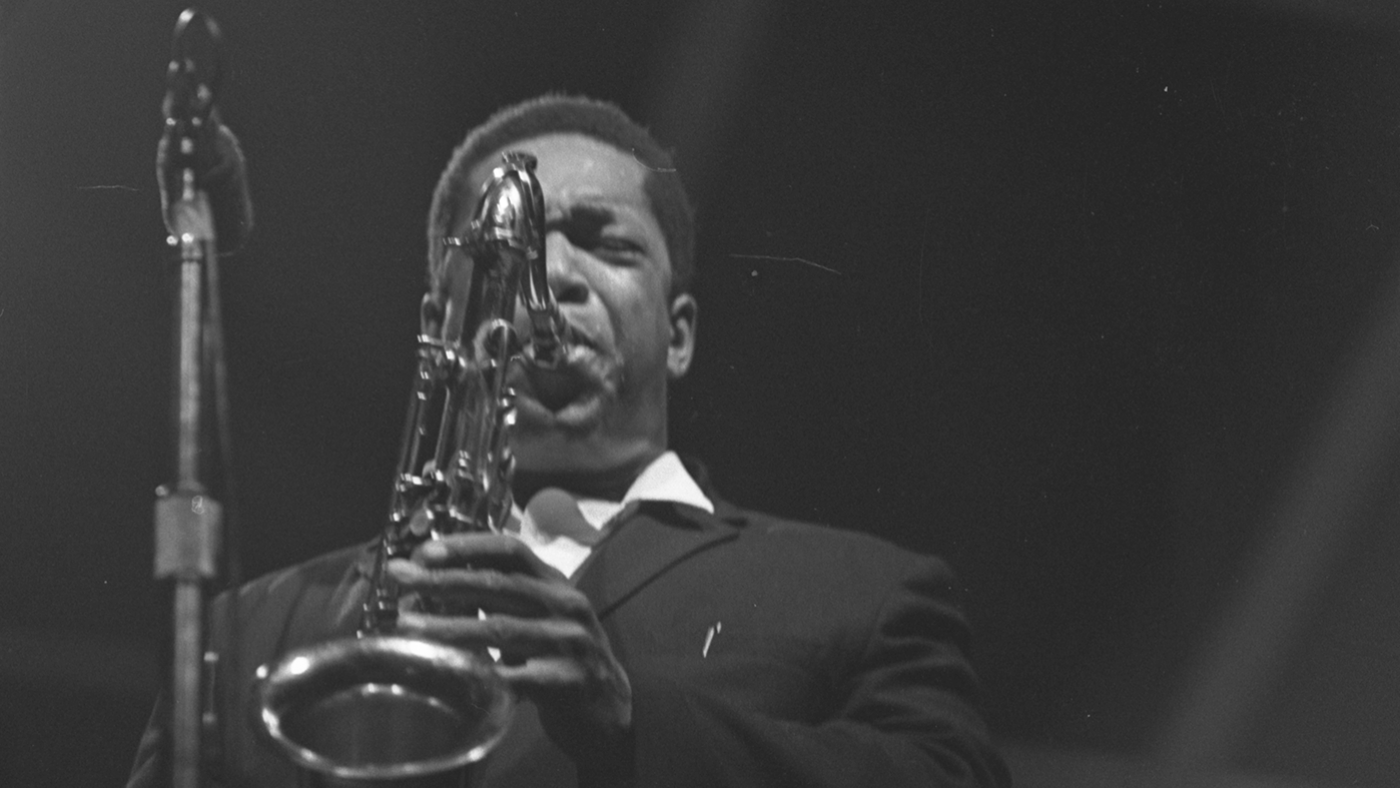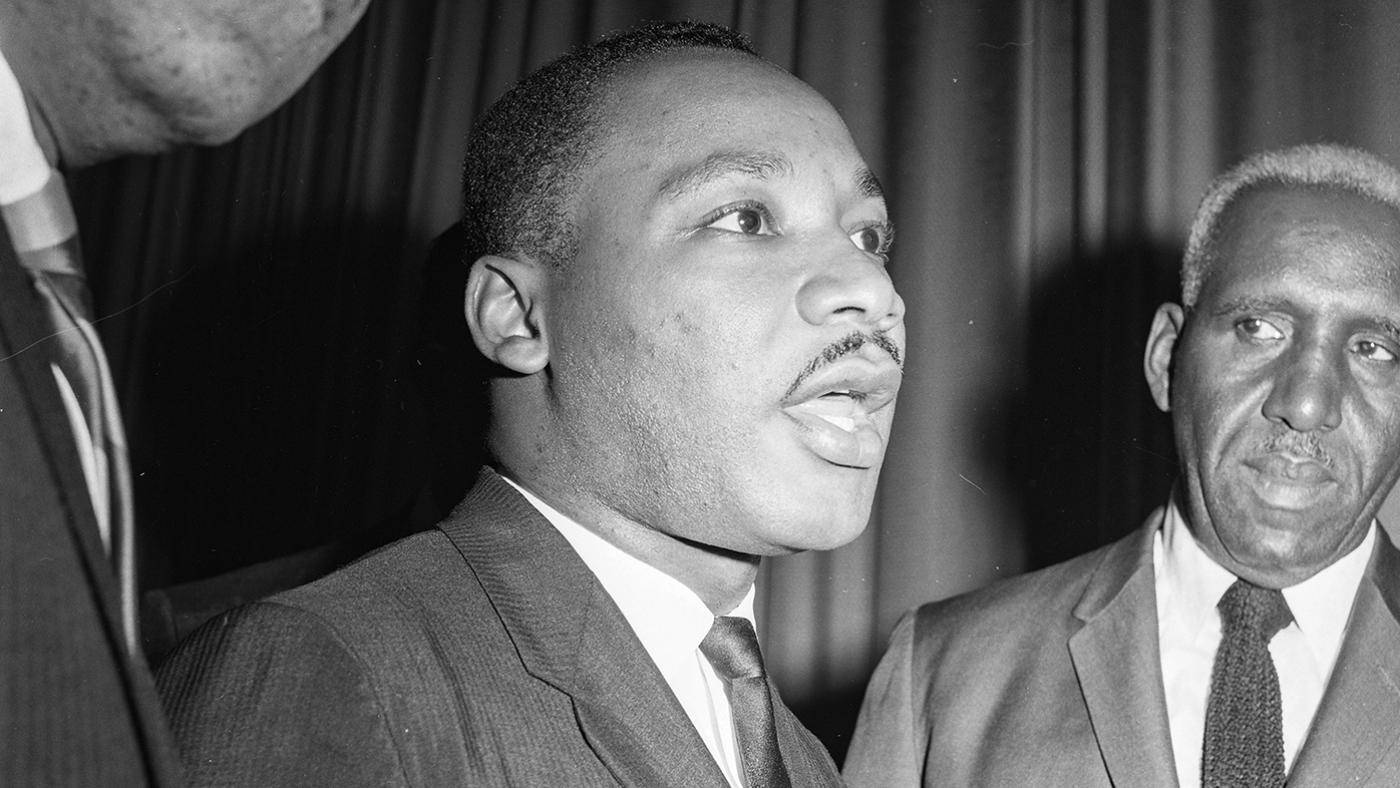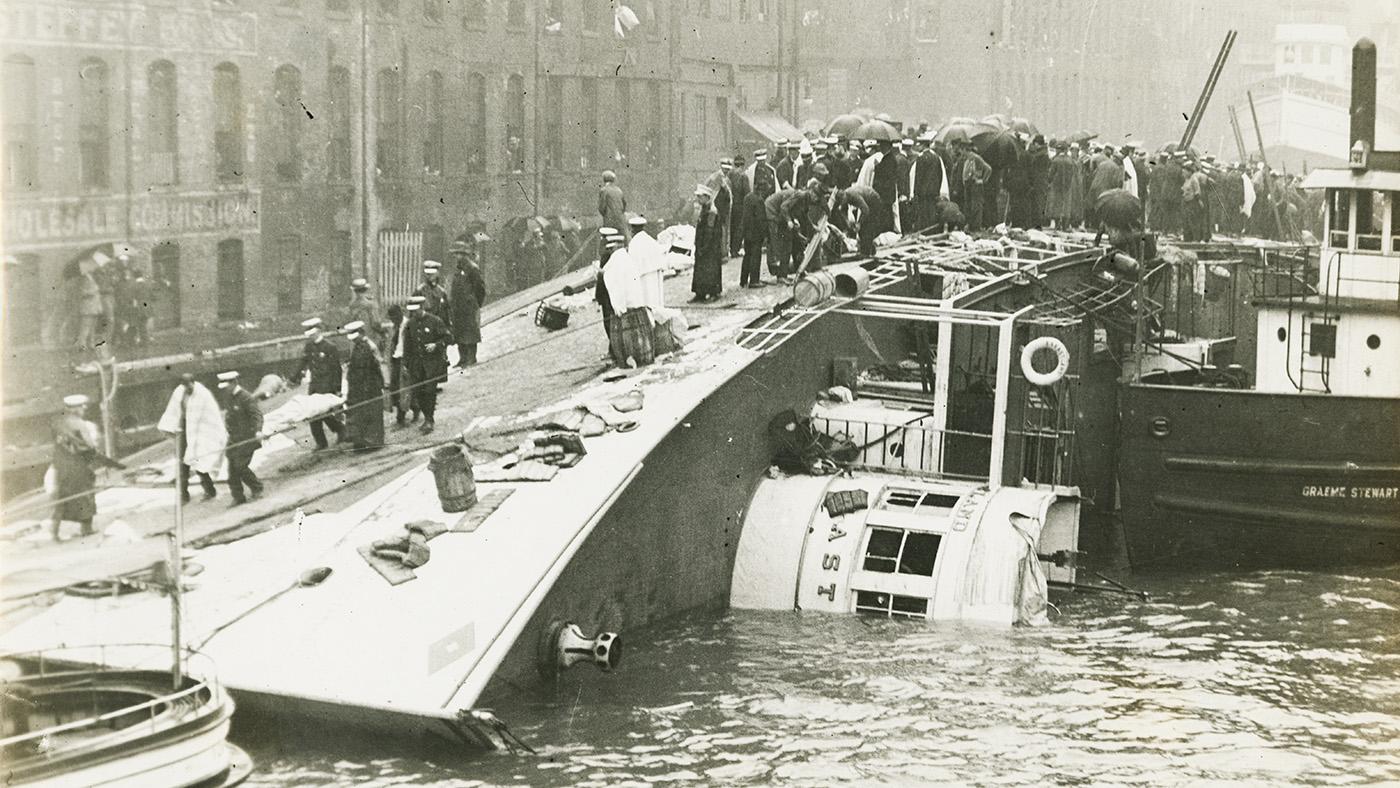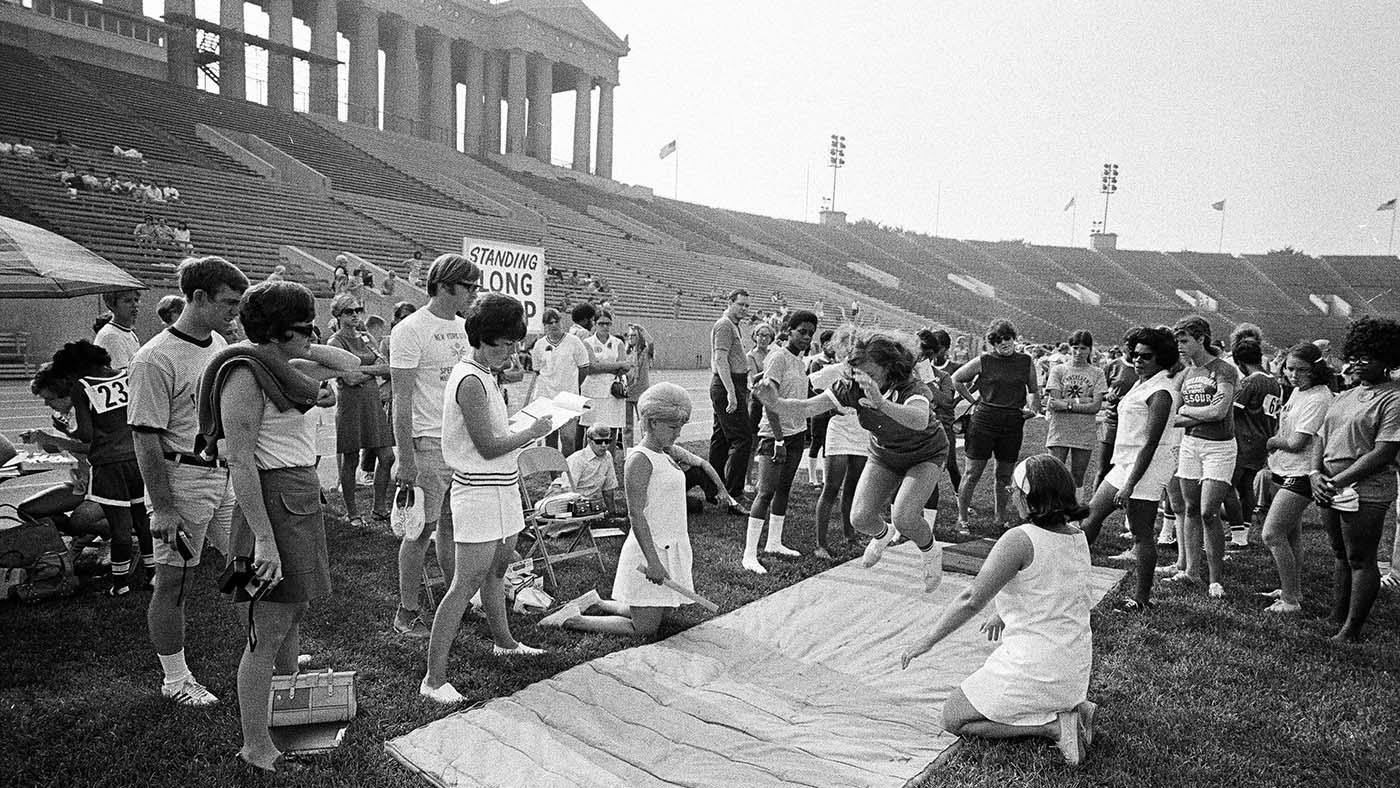The Extraordinary Achievements of the First Black Residents of Rogers Park
Daniel Hautzinger
February 18, 2022

Anyone who has ever experienced sibling envy wouldn’t want to be born into the Pollard family. Amongst the first generation of Pollards to be born in Chicago were the first Black head coach in the NFL, the first Black licensed nurse in Illinois, an early producer and director of silent films, the first Black woman graduate of Northwestern University, and an internationally touring jazz musician. The parents of these esteemed children built a life as the first Black residents of Rogers Park on Chicago’s North Side, and their grandchild won a medal at the Olympics.
Now there is an effort to honor this extraordinary family by renaming a park next door to their one-time Rogers Park home after them. “Any family of eight children who accomplished so many things is inspirational and interesting, and the fact that they did this and raised those children under the adversity of having come from the Jim Crow South to Chicago is just astonishing,” says Dona Vitale, the outreach chair of the Rogers Park/West Ridge Historical Society (RPWRHS), which is spearheading the effort to rename Christian Paschen Park with the support of Kevin McGurn and April Mink, who have owned the house since 1999. “Our idea is to put some kind of memorial wall in the field house that would highlight these stories in a way that would be explainable to kids as an inspiration. They were pioneers. Especially in a diverse neighborhood like ours, children should have that as a role model.”
“The success [the Pollards] achieved on local and national levels is inspiring on its own, before considering it happened in a racial climate that was unforgiving,” wrote McGurn and Mink in an email. They erected a plaque honoring the family in front of their home several years ago. “We’d like their story to live on.”
John and Amanda Pollard bought the home at 1928 W. Lunt Avenue in 1911, 33 years after Rogers Park was incorporated as a village and eighteen years after it was annexed by the city of Chicago. They had come to the village in the 1880s after meeting in Mexico, Missouri, moving north with their three children to escape the restrictive racial environment of the South, according to research by the RPWRHS.
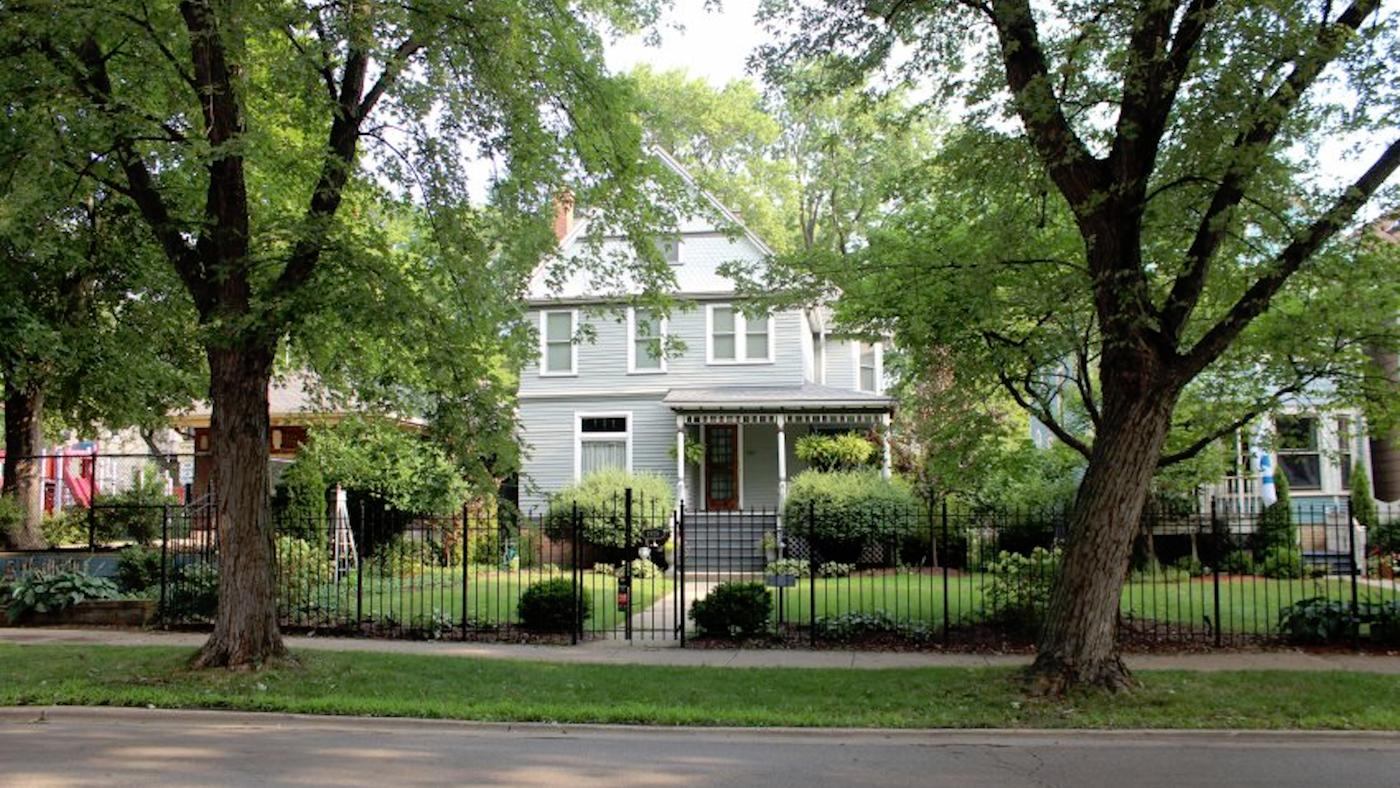 John and Amanda Pollard purchased the home at 1928 W. Lunt Avenue in 1911, and their family lived there for decades. Photo: Courtesy Rogers Park/West Ridge Historical Society
John and Amanda Pollard purchased the home at 1928 W. Lunt Avenue in 1911, and their family lived there for decades. Photo: Courtesy Rogers Park/West Ridge Historical Society
John, the son of free Black parents who sent him as a child to Kansas from Virginia to avoid capture and enslavement, opened a barbershop in Rogers Park in 1886. It was a continuation of the profession in which he had trained after fighting in an all-Black regiment of the Union Army, which he had joined at age 15, during the Civil War.
Amanda worked as a dressmaker for department stores such as Marshall Field’s. She and John had five more children in Chicago. As the only Black family in their neighborhood, they did face prejudice; Amanda is said to have always carried a handgun in her pocket when she answered the door.
Nevertheless, their children flourished. Naomi was probably the first Black woman to graduate from nearby Northwestern University as an undergraduate, in 1905. She became a librarian and was also active in various activist organizations such as the League of Women Voters and the Urban League, according to Vitale. Little is known about Ruth, who worked as a secretary and lived in the Rogers Park home her whole life. The final sister, Artemisia (spellings vary), was the first licensed Black nurse in Illinois, who operated a practice out of her father’s barbershop.
Their brother Luther also eventually held an office in the location of John’s barbershop, RPWRHS believes. Early on, he worked as a producer and director for the white-owned Ebony Film Corporation, which operated in Logan Square and produced “race films,” primarily for and by African Americans. Luther employed his brother Franklin as an actor in several silent films. Ebony closed in 1919 after making about twenty films, and Luther went on to become a successful businessman, living in the Lunt Avenue home until he died. (He and his wife were the last Pollards to live in the house, which sat vacant for a period after their deaths in the 1970s.)
Hughes also went into entertainment, playing as a drummer in a jazz band that toured internationally before dying while fighting for France in World War I, according to the RPWRHS. All the brothers played football and other sports, but Leslie continued with athletics to become a sportswriter. And Frederick Douglass “Fritz” Pollard rode the sport to stardom. He excelled as an athlete at Lane Tech High School, then went on to Brown University, where he led their football team to a Rose Bowl victory.
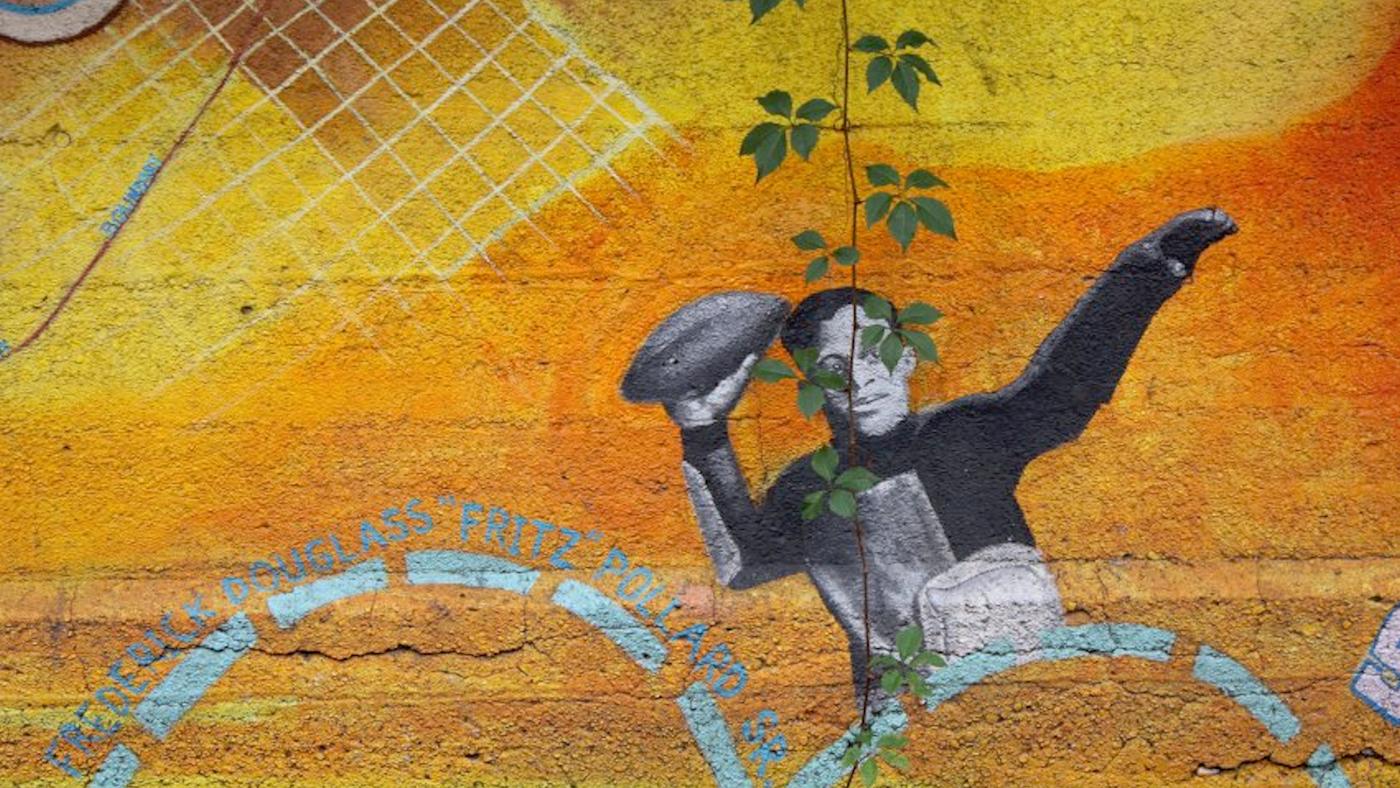 Fritz Pollard was the NFL's first Black head coach. Photo: Courtesy Rogers Park/West Ridge Historical Society
Fritz Pollard was the NFL's first Black head coach. Photo: Courtesy Rogers Park/West Ridge Historical Society
He joined the Akron Indians in 1919 after serving in World War I. The following year, the team changed its name to the Pros and joined other Midwestern teams to form what would eventually become the NFL. Fritz was appointed coach of the Pros in 1921, and recruited a young Paul Robeson to play on the team that year. It would be decades before another African American served as head coach of a professional football team, until Art Shell became head coach of the Raiders in 1989.
Over the following years, Fritz played for and coached several early NFL teams, including the Milwaukee Badgers, the Hammond Pros, and the Providence Steam Roller. He organized and coached the all-Black Chicago Black Hawks in 1928, and coached a Black semipro team in New York during the de facto segregated period from 1934 to 1946 when there were no Black players in the NFL.
He was posthumously inducted into the NFL Hall of Fame in 2005, and Lane Tech alumni are currently leading an effort to name the high school’s football stadium after him.
An athletic complex is already named after Fritz’s son, Fritz, Jr.: an indoor training facility at his alma mater, the University of North Dakota, where he was one of the first Black graduates. A football player and boxer, Fritz, Jr. gained his greatest acclaim in track and field, when he won a bronze medal in hurdles at the 1936 Berlin Olympics, alongside teammates Jesse Owens and Ralph Metcalfe. (According to the University of North Dakota, he medalled despite a leg injury and tripping over the penultimate hurdle.) He went on to work in the administration of Mayor Richard J. Daley in Chicago and later at the U.S. State Department.
Given the Pollards’ multifarious, groundbreaking achievements, it wouldn’t be surprising to see their names appear on even more sites, starting with the neighborhood park next door to their longtime home.

